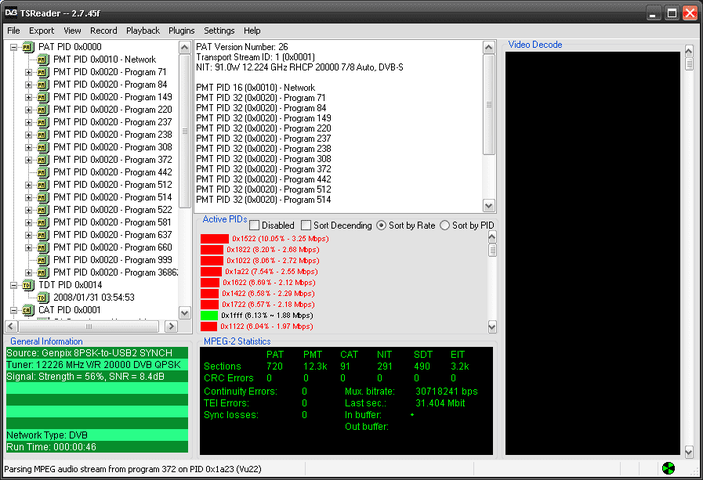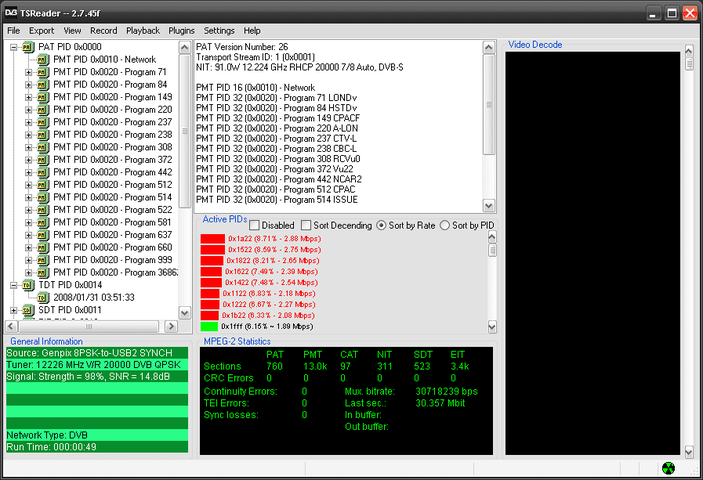The guy in the following thread describes a compromised digital picture and is told by some, that somehow he wasn't even watching digital anymore - he must be watching analog. He describes poor picture and even ghosting! How could he have seen ghosting? Because the same issues that plagued analog signal are being dealt with in digital signal.
The problems haven't changed, digital is just much more robust in dealing with the interference of multi-path , noise, and the rest. His failing LNB allowed him to watch his digital picture degrade to analog quality. And, we get an interesting glimpse of digital picture variation.
Do you even know what ghosting is? Do you know what multipath is?
The same issues with analog signal transmission do affect digital signal transmission. However, you seem to not know that the two issues listed above are exactly the same signal transmission problem.



